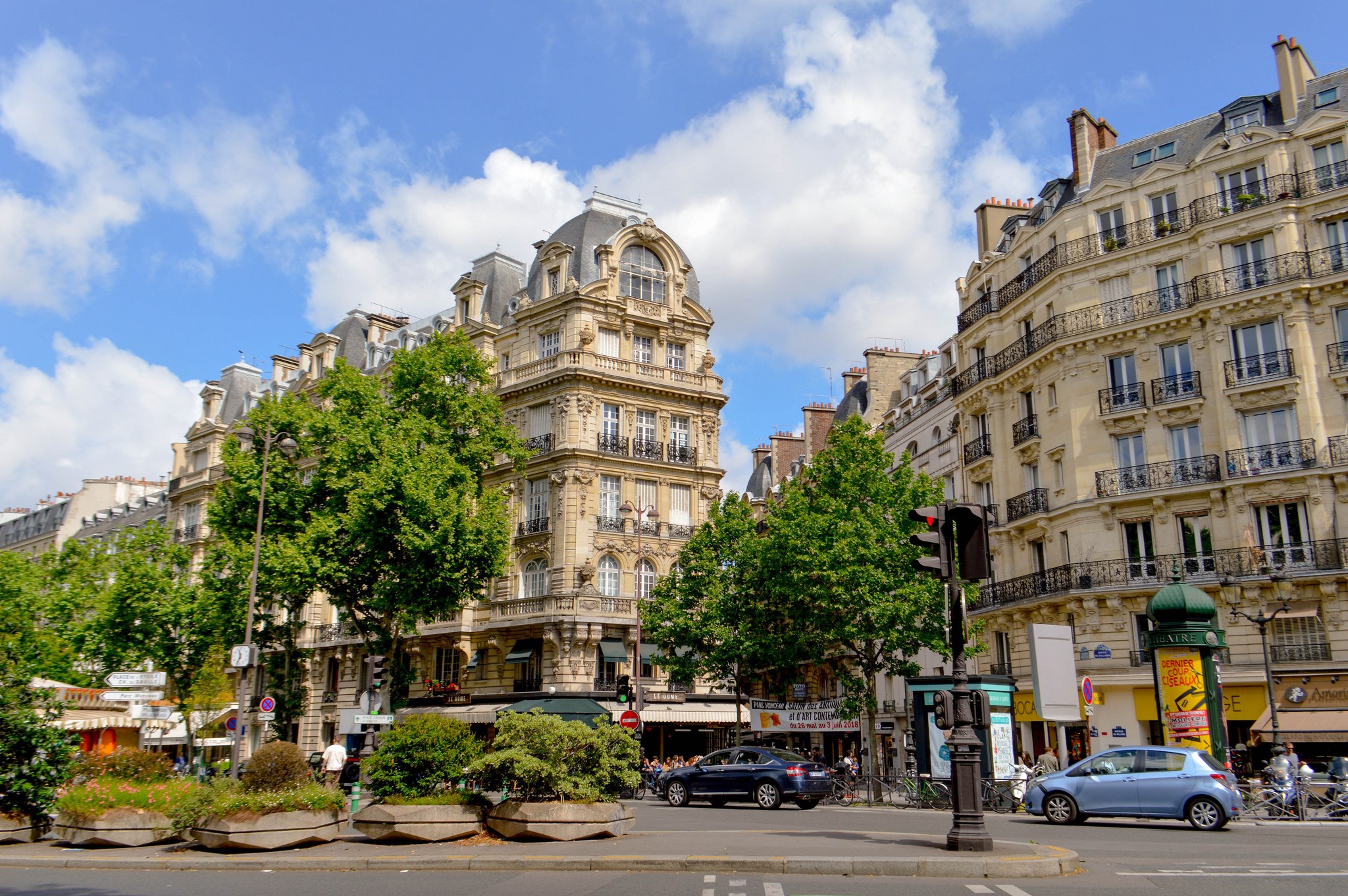Beyond their rivalry and its effects on customers, how much do you know about the taxis in Paris? Do you know how they work, their rights and duties, troubles and jargon?
Here are some interesting facts about Paris taxis and their drivers.
Table of Contents
A very masculine profession
93 percent of Paris taxi drivers are men. More men work as midwives than women who drive taxis.
Taxis and paramedics
There are 55,000 taxis in France, including 20,000 in Paris. And yet, as soon as you leave the center of the capital and the airports, whether you are in the east of Paris, in the suburbs, in a regional metropolis or an average city, it becomes difficult to find a vehicle.
Where are the other 35,000 taxis? What are they doing? Answer: They drive patients to the hospital. It is the “seated transport of people.” Excellent opportunities for the best Paris Airport taxi services.
X is the price to pay
In Paris, there are three types of tariffs per kilometer, which apply differently depending on the geographical area.
Be careful: rate A is valid for the urban area from 10 am to 5 pm, Monday to Saturday, the B the rest of the day from Monday to Saturday and from 7 am to midnight on Sundays and public holidays, midnight C at 7 am on Sundays and holidays.
The license at gold prices, but not everywhere
The taxi license, this right to practice the profession by parking his vehicle in a reserved place, sold at the end of the career, does not have the same value everywhere.
It is generally estimated at $240,000 in Paris, but it is worth $100,000 in Marseille, $80,000 in Arras and even $40,000 in Saone-et-Loire.
Two distinct clients
Of course, everyone is free to ride a taxi. But in fact, there is the coexistence of two types of clients that never cross.
There are those who take taxis by day, usually for business, and in their forties or fifties. They do not care about the cost, pay by credit card, and often treat it as a business expense.
These privileged customers, sometimes the same age as their drivers, are content to survey the neighborhoods of western Paris, being transported from a mansion to a head office, a restaurant to a shop. Not to mention, of course, train stations and airports.
Customers who are hiring a taxi on a Friday or Saturday night, between the ages of 20 to 35, consider the cost quite high.
There are taxis parked on public roads, on spaces reserved for them: they are stations of variable capacity.
Some of them, 116 in Paris, are equipped with a telephone terminal: one can theoretically order a taxi by calling the terminal of a telephone, such as from home.
In practice, terminal numbers have sometimes been reassigned to individuals or merchants. On the other hand, the other terminals, almost 300 in Paris, only serve to “store” drivers waiting.
It is the municipalities that are responsible for the maintenance of the stations, a task they do (rather badly) against a contribution of $17 every three months, paid by each taxi driver.
__
This story was brought to you in partnership with Airport Transfers Direct.
This post was written by a guest contributor. Please reference the author's byline in the post above for more information. If you would like to guest post on Go Backpacking, please read our submission guidelines. For information on advertising opportunities, go here.
Planning a trip? Go Backpacking recommends:
- G Adventures for small group tours.
- Hostelworld for booking hostels.


Mai | Travel Visa Canada
Tuesday 19th of June 2018
I may say it's quite expensive but I find it very convenient.